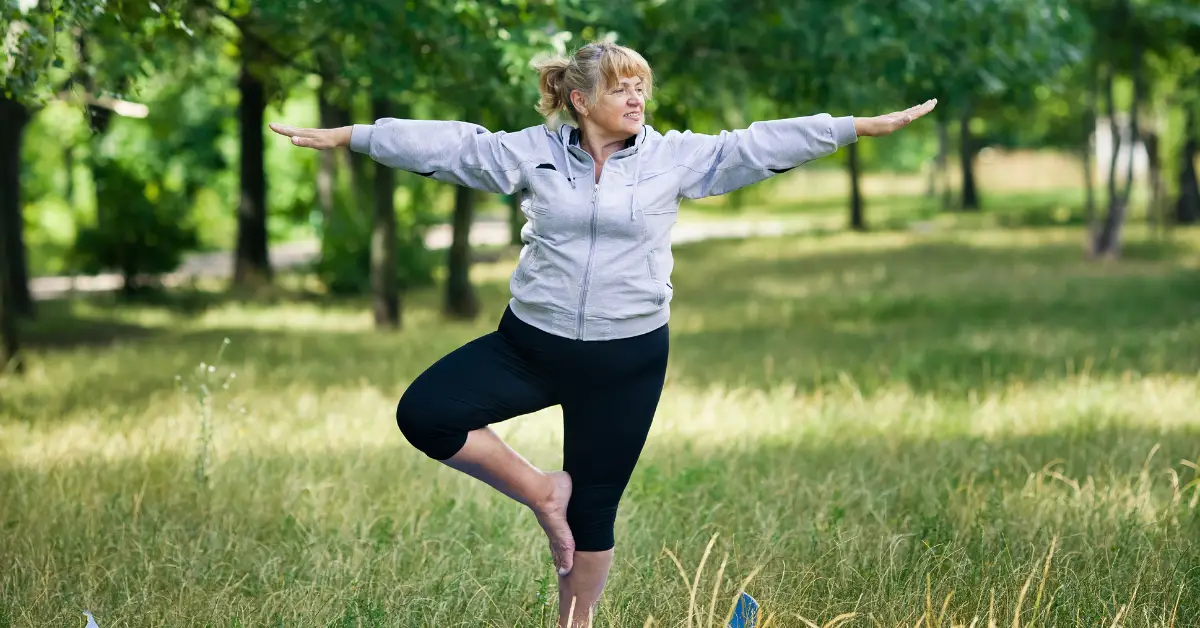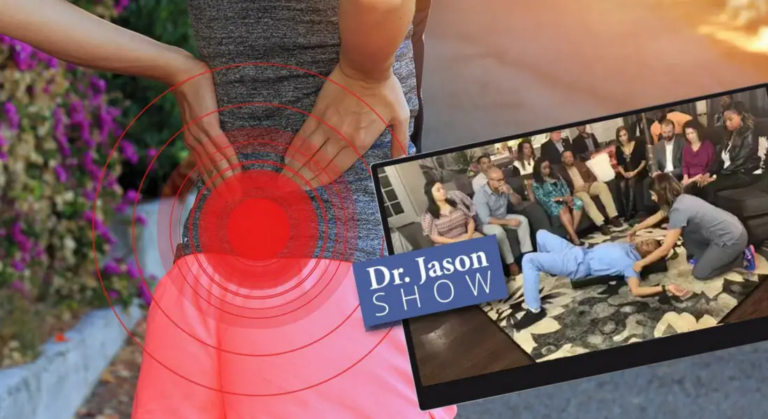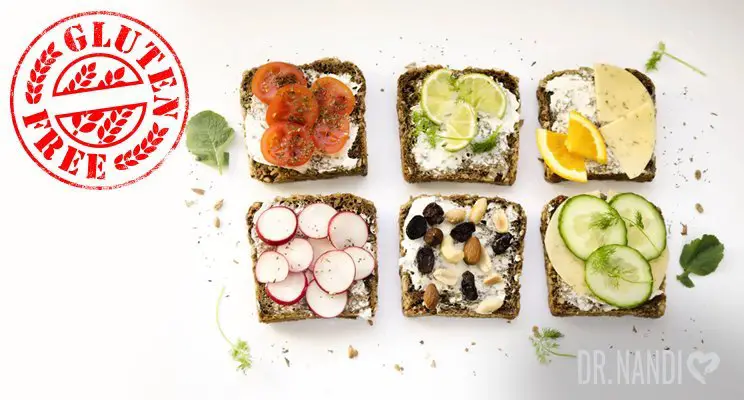Credible evidence continues to show that the best way to help your chances of living a long life is to follow the advice from health experts.
This is usually to eat well, pay attention to your weight, exercise regularly, get plenty of sleep, drink lots of water, and avoid bad habits. (2)
Many things can impact our life expectancy, sometimes by as much as years!
Did you know one way to predict how long you may live is a flamingo-style balance test?
The inability to stand on one leg for 10 seconds in mid to later life is being linked to a near doubling in the risk of death (from any cause) within the next 10 years, a science article has revealed.
It has been suggested that if you can manage a successful 10-second, one-legged stance, this predicts a longer survival length. (1)
Some doctors are saying a flamingo-style balance test should be introduced in routine health checks for older adults, as it could be a key indicator of how long you will live. (3)
The Study on Health and Body Balance
The research was published on June 21, 2022, in The British Journal of Sports Medicine.
Claudio Gil Araujo, physician and researcher at the Exercise Medicine Clinic in Rio de Janeiro, Brazil, told The National: “All three components of anaerobic physical fitness — muscle strength/power, flexibility, and balance — are potentially relevant for good health and, even more relevant, for survival in older subjects.” (3)
10 years ago, Araujo and his team had shown in a separate study that the ability to sit and rise from the floor was strongly associated with survival. (4)
Balance assessment, however, is not routinely included in health checks of middle-aged and older men and women, possibly due to the lack of a standardized test and any hard data linking it to clinical outcomes other than falls.
In the lengthy study, they analyzed statistics over 30 years in Brazil, which compared physical fitness and conventional cardiovascular risk factors with ill health and death.
Participants were asked to stand on one leg for 10 seconds without any additional support as part of the check-up.
They were instructed to place the front of their free foot on the back of the opposite lower leg while keeping their arms by their sides and looking straight ahead. There were three attempts allowed on each foot.
One-fifth (20.5%) of the 1,702 participants aged 51-75 failed the test. The inability to do so increased with age, more or less doubling at five-year intervals after the age of 51-55.
More than half (around 54%) of those aged 71-75 also failed the test, making them 11 times more likely to fail than those 20 years younger.

The proportions of those who failed were as follows:
- nearly 5% of 51 to 55-year-olds
- 8% of 56 to 60-year-olds
- slightly less than 18% of 61 to 65-year-olds
- slightly less than 37% of 66 to 70-year-olds
After controlling for age, gender, and underlying conditions, the inability to stand unsupported on one leg for 10 seconds was linked to an 84% increased risk of dying from any cause within the next decade.
A few minutes of practice each day, according to Dr. Araujo, could significantly improve balance. (3)
Strength, balance training, and flexibility are all important to healthy aging, and it takes more than good genes to live longer. They are only part of the equation for most of us!
If you feel it’s time to get your energy, or even your whole life balance back, as well as learn about many health studies, you can go on a healthy journey of your own by signing up for Dr.Nandi’s Newsletter.
In doing so you can be supported with information to live a long and happy life.
Balancing More Statistics
The proportion of deaths among those who failed the test was significantly higher: 17.5% versus 4.5%.
123 people died from cancer, cardiovascular disease, respiratory disease, and Covid-19 complications over a seven-year average monitoring period.
Those who failed the test had poorer overall health, with a higher proportion being obese and/or having heart disease, high blood pressure, and unhealthy blood fat profiles.
Type 2 diabetes was three times more prevalent.
The researchers emphasize that because this is an observational study, it cannot establish a cause.
They cautioned this because the participants were all white Brazilians, and the findings might not be as broadly applicable to other ethnicities and nations. (3)

Exercise Can Help
Dr. Araujo said of the results: “Being very practical and pragmatic, physical fitness is so relevant to health, quality of life, and survival, that it should be assessed in every medical or health check and could be easily performed together with the measurements of height, weight, and blood pressure.’’
He added: “Poor anaerobic fitness (normally associated with a sedentary lifestyle, but not always) is the background of most cases of frailty. Also remember that we regularly need to stay in a one-legged posture, to move out of a car, to climb, or to descend a step, or stair, and so on.”
He also said that older people falling and suffering major fractures may play a role in this higher mortality. (3)
Healthy Aging
The vast majority of variation in how old we live to be is largely due to our overall health behavior, including nutrition, exercise, and our state of mind. (2)
The key to healthy aging is to engage fully in life — physically, mentally, spiritually, and socially. Yet we must not burn ourselves out either, and we must get plenty of downtime and rest.
The association between balance and mortality has been shown, but for great health, there has to be a balance all around.
Teaching the impact of optimal nutrition and exercise while providing new insights and providing exclusive information for your lifestyle is Dr. Nandi’s Newsletter.
By educating yourself on how to support your well-being, you can get your strongest and most balanced body ever!

My Personal RX:
So how do you stay healthy and prevent disease? Good questions 90% of our health is based on lifestyle choices. Try making small adjustments starting with these recommendations:
1.Regular Exercise: Engage in regular physical activity, aiming for at least 30 minutes of moderate exercise most days of the week. This can include walking, cycling, swimming, or even gardening. Regular exercise can help maintain a healthy weight, boost the immune system, and contribute to better mental health.
2.Healthy Diet: Adopt a balanced, nutrient-rich diet that includes fruits, vegetables, lean proteins, and whole grains. Avoid processed foods, excessive sugar, and high-sodium foods. A healthy diet contributes to overall health and can prevent conditions like obesity, heart disease, and diabetes.
3.Maintain a Healthy Weight: Being overweight or obese increases the risk of numerous diseases. Try to maintain a healthy weight by balancing calorie intake with physical activity. If necessary, seek professional advice on weight loss strategies.
4.Regular Check-ups: Regular health check-ups can help detect potential health issues early, leading to more effective treatment. They can also give you an opportunity to discuss your health and lifestyle with a professional.
5.Reduce Stress: High stress levels can contribute to a variety of health issues, including heart disease and depression. Engage in activities that help manage stress, such as yoga, meditation, or simply spending time on hobbies.
6.Limit Alcohol and Quit Smoking: Excessive drinking can lead to a number of health problems, including liver disease and heart disease. If you drink, do so in moderation. Smoking is one of the leading causes of preventable diseases and premature death. If you smoke, seek help to quit.
7.Sleep Well: Ensure you are getting enough sleep. Lack of sleep or poor sleep quality can lead to numerous health problems, including heart disease and depression.
8.Stay Hydrated: Drinking adequate amounts of water each day is essential for your body to function properly.
9.Stay Socially Active: Engage in social activities and maintain relationships with family and friends. Social engagement can contribute to better mental health and a longer lifespan.
10.Learn the 5 Pillars to Health: Download a free copy of my 50-page step by step guide ‘Protocol to Optimizing your Health and Wellbeing’.
11.Consider Supplementing: Most of us are not getting the basic nutrients necessary to not only live optimally but prevent disease. I recommend all my patients take Core Essentials to ensure they are getting their minimum RDA and to optimize their quality of life with My Men’s Core Essentials and Women’s Core Essentials.
Always consult with healthcare professionals before making significant changes to your lifestyle, especially if you have pre-existing conditions or specific health concerns.

Sources:




















